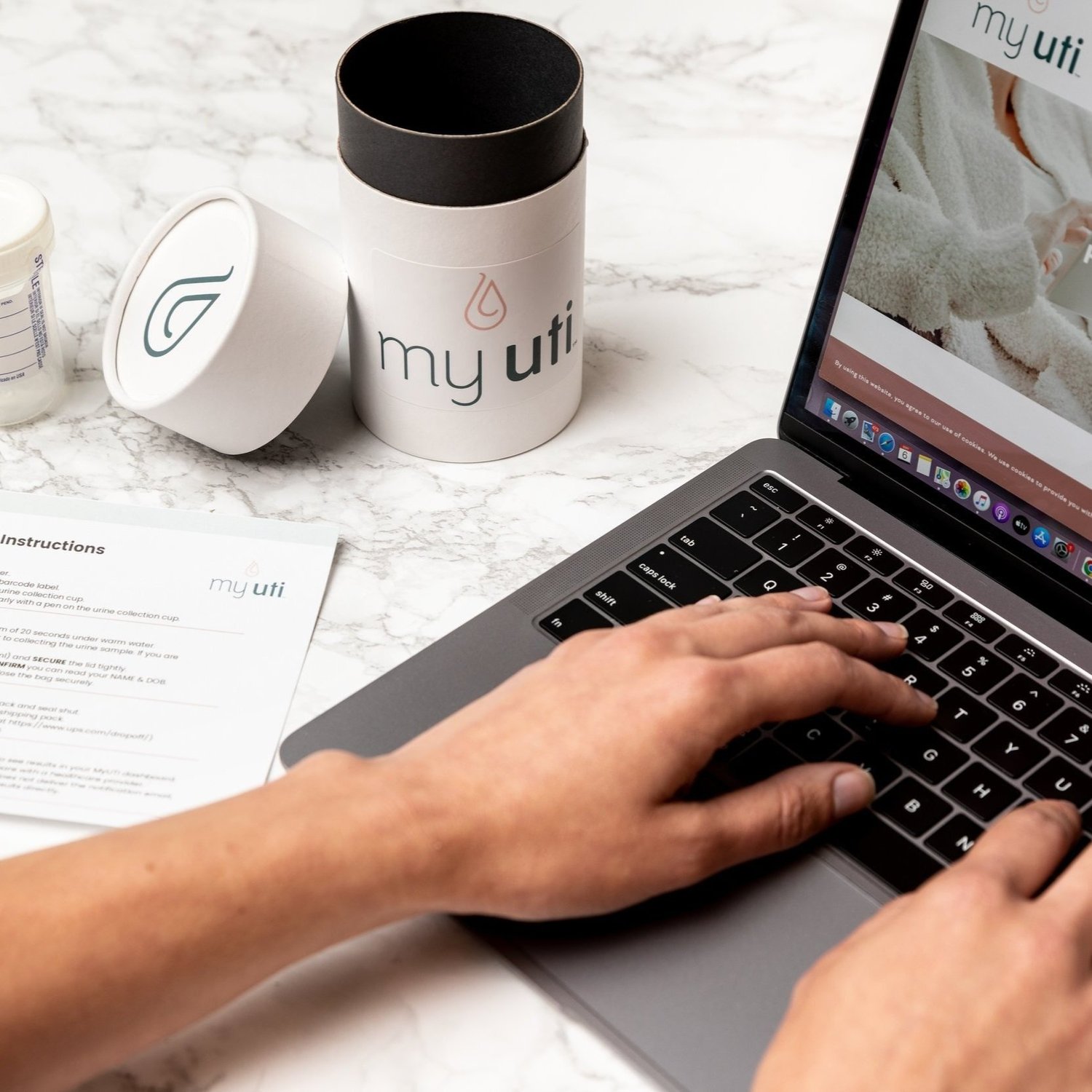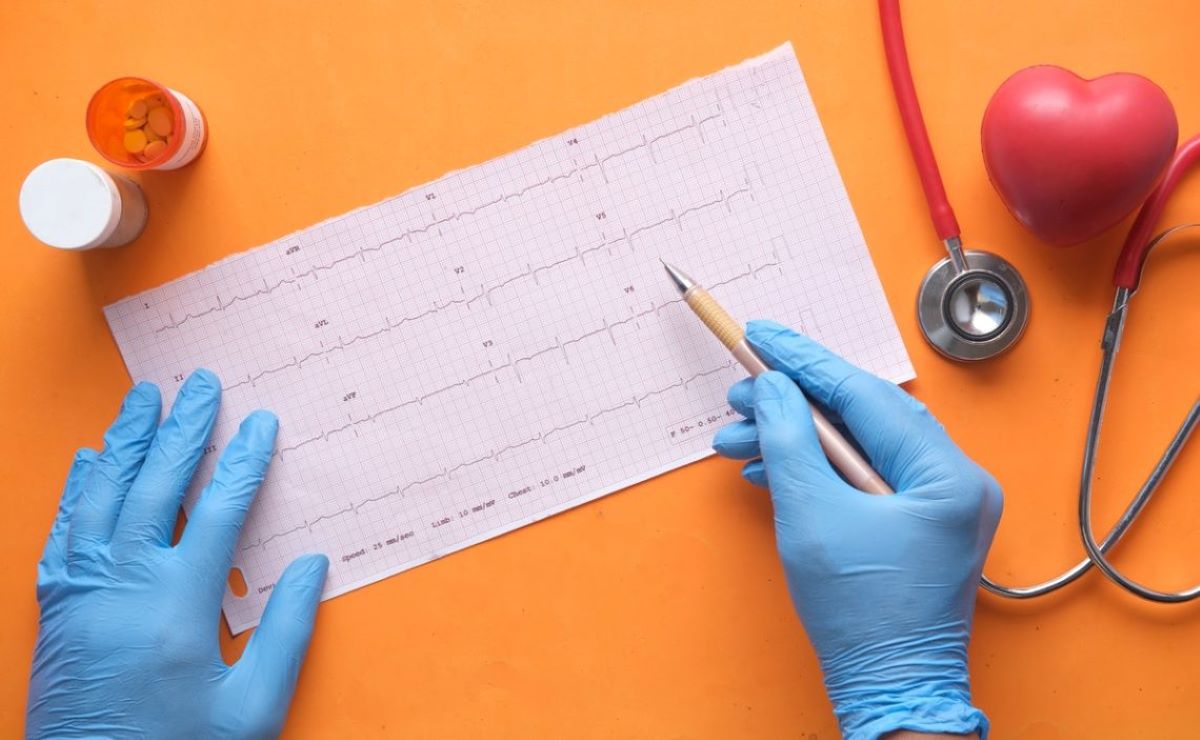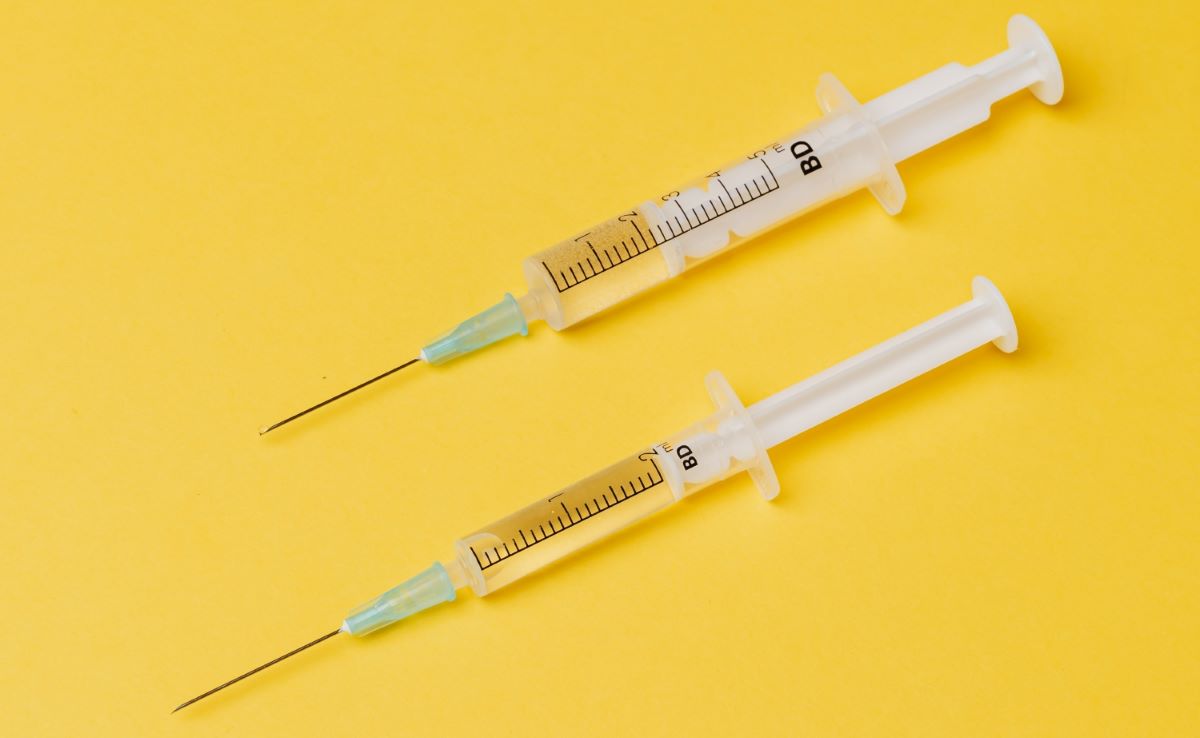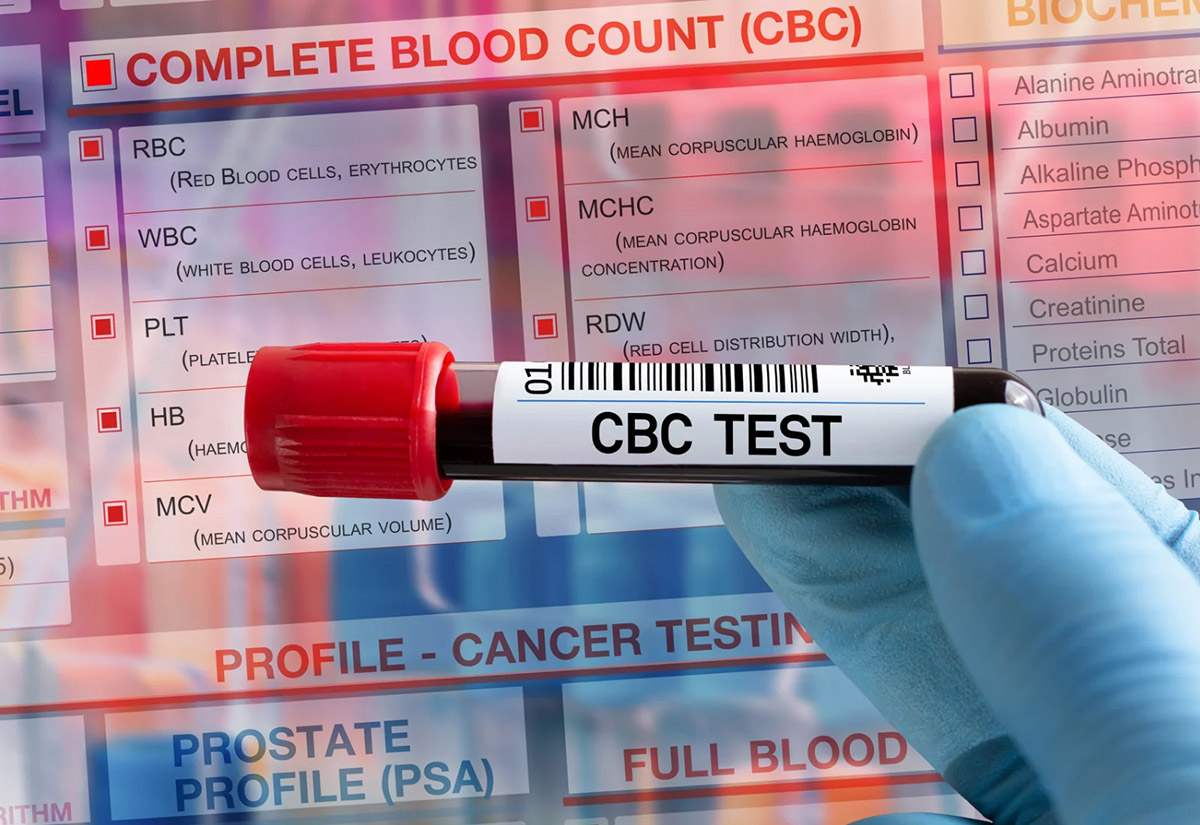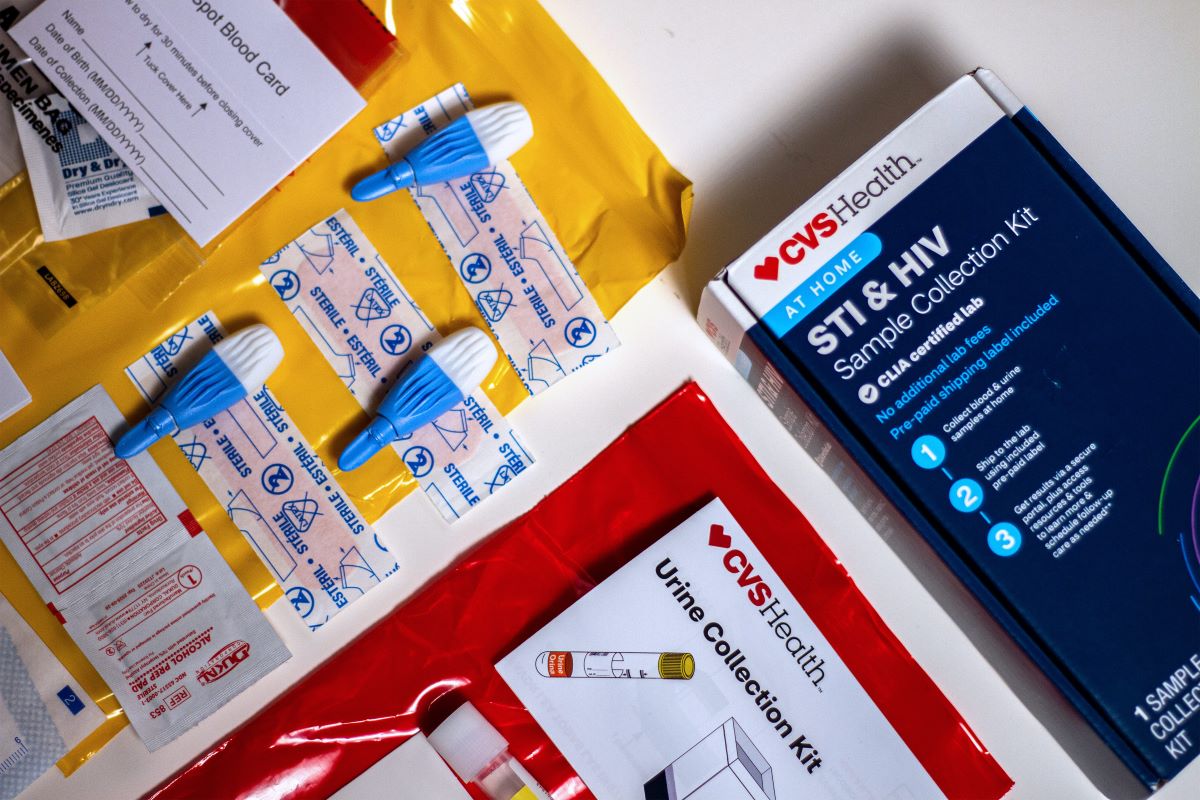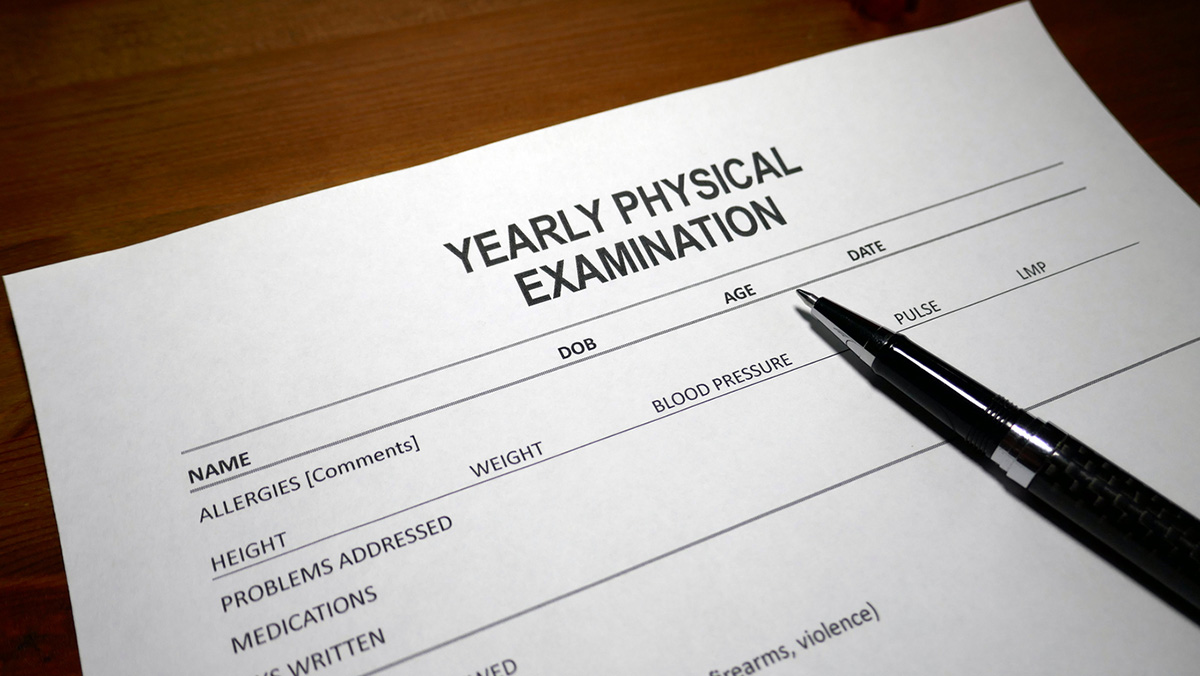Home>Finance>How Much Does Allergy Testing Cost Without Insurance?
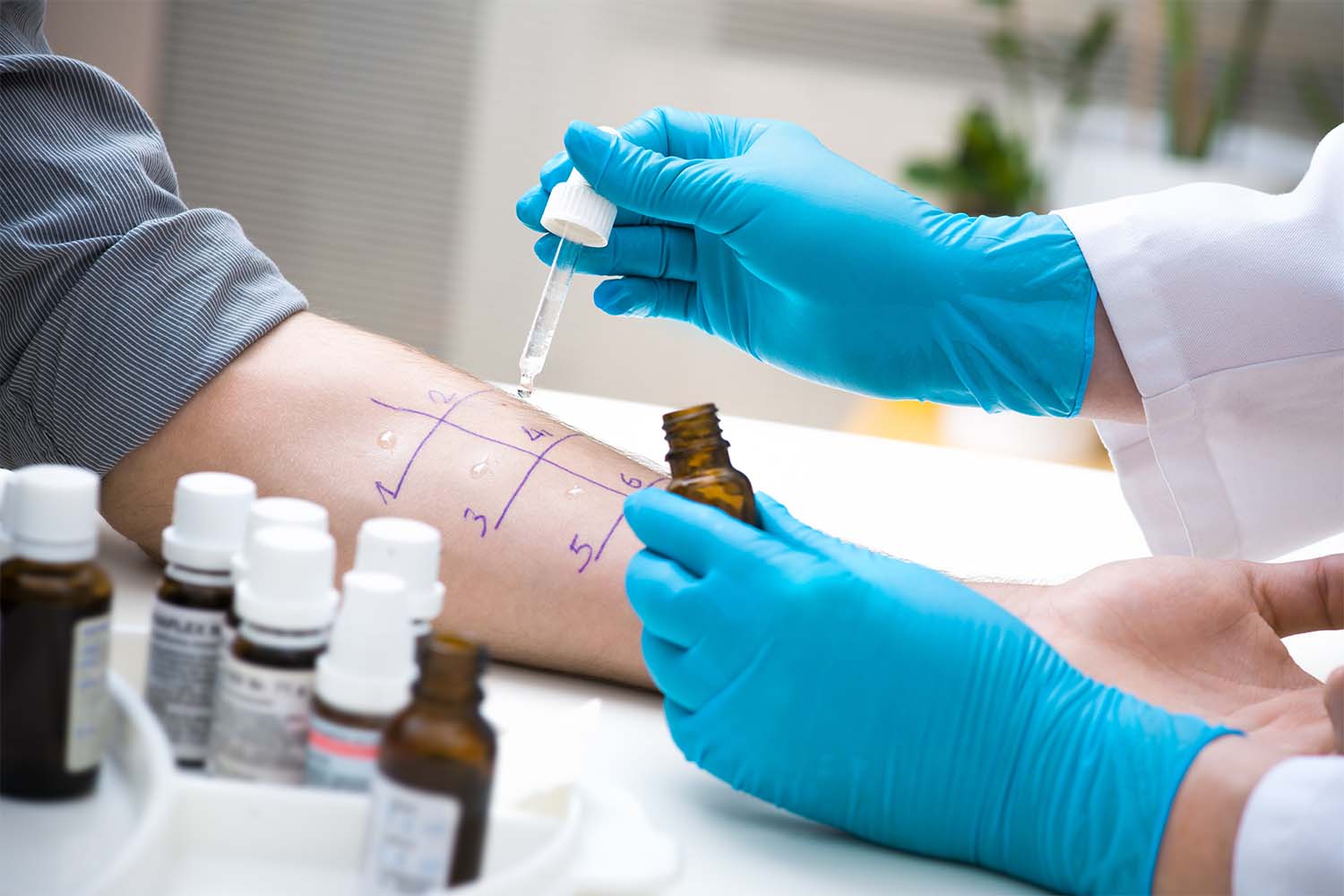

Finance
How Much Does Allergy Testing Cost Without Insurance?
Published: November 14, 2023
Find out the cost of allergy testing without insurance and manage your finances effectively. Learn more about affordable options for allergy evaluation.
(Many of the links in this article redirect to a specific reviewed product. Your purchase of these products through affiliate links helps to generate commission for LiveWell, at no extra cost. Learn more)
Table of Contents
Introduction
Living with allergies can be challenging, especially if you’re unsure about the specific triggers causing your symptoms. Allergy testing plays a crucial role in diagnosing and identifying the substances that cause allergic reactions in individuals. However, for those without insurance, the cost of allergy testing can be a significant concern.
Without the financial support of insurance coverage, individuals are left to navigate the expenses associated with allergy testing on their own. Understanding the factors that influence the cost of these tests, as well as exploring potential ways to reduce expenses, can help individuals make informed decisions about their healthcare.
In this article, we will delve into the various factors that affect the cost of allergy testing without insurance. We will also explore the different types of allergy testing methods available and discuss the average prices of these tests. Additionally, we will highlight specific costs associated with common allergy tests. Finally, we will offer practical tips on reducing allergy testing expenses without insurance.
Remember, while we will provide estimates and average prices, it’s important to note that costs can vary depending on a variety of factors, including geographical location, healthcare provider, and specific circumstances. It’s always best to consult with a healthcare professional or specialist to get an accurate understanding of the costs involved.
Factors Affecting the Cost of Allergy Testing Without Insurance
Several factors can influence the cost of allergy testing for individuals without insurance coverage. Understanding these factors can help individuals anticipate and navigate the expenses associated with allergy testing.
- Geographical Location: The cost of healthcare services and procedures can vary significantly depending on the region or city where you live. Metropolitan areas often have higher costs compared to rural areas.
- Healthcare Provider: The cost of allergy testing can vary between different healthcare providers. Specialty clinics or allergy testing centers may have different pricing structures compared to general practitioners or hospitals.
- Type of Allergy Test: The specific type of allergy test being performed can also impact the cost. Certain tests, such as skin prick tests or blood tests, may be more affordable compared to more advanced tests like patch testing or intradermal tests.
- Number of Allergens Tested: The number of allergens being tested can also affect the overall cost. Basic panels typically test for common allergens, while comprehensive panels may include a wider range of substances.
- Additional Services: Additional services or follow-up appointments may be required depending on the test results. These additional services can add to the overall cost of allergy testing.
- Facility Fees: Some healthcare providers may charge facility or consultation fees in addition to the cost of the allergy test itself. It’s essential to inquire about any additional fees when estimating the overall cost.
While these factors can contribute to the cost of allergy testing without insurance, it’s important to note that prices can vary significantly. It’s recommended to reach out to different healthcare providers in your area to compare costs and ensure you have a clear understanding of the total expenses involved.
Types of Allergy Testing Methods
Allergy testing is performed using different methods to identify the specific allergens that trigger allergic reactions in individuals. The choice of testing method may vary depending on the suspected allergens, the patient’s medical history, and the healthcare provider’s recommendation. Here are some common allergy testing methods:
- Skin Prick Test: This is one of the most common allergy tests. It involves placing a small amount of allergen extracts on the skin and pricking the area to allow the allergens to enter. If a person is allergic to a particular substance, a localized reaction like redness, swelling, or a small hive may occur.
- Blood Test (Immunoglobulin E test): In this test, a blood sample is taken and analyzed to determine the presence and levels of Immunoglobulin E (IgE) antibodies. These antibodies are produced by the immune system in response to allergens.
- Intradermal Test: This test involves injecting a small amount of allergen extract into the upper layer of the skin to observe the immune response. It is typically used when skin prick tests yield inconclusive results or when specific allergens need further investigation.
- Patch Test: Patch testing is used to identify skin allergies, such as contact dermatitis. Small patches containing potential allergens are applied directly to the skin and left in place for a specific period. Any skin reactions that occur indicate an allergic response to the testing substances.
- Elimination Diet: This method involves removing suspected allergens from the diet and then reintroducing them one by one to identify any allergic reactions. It is often used to identify food allergies.
Each of these testing methods has its advantages and is suitable for different situations. Your healthcare provider will determine the most appropriate testing method based on your medical history, symptoms, and suspected allergens.
It’s important to note that the costs associated with each testing method can vary. Skin prick tests and blood tests are generally more affordable compared to intradermal or patch tests, which require more extensive resources and specialized expertise.
Average Prices of Allergy Testing Without Insurance
The cost of allergy testing can vary widely depending on the location, healthcare provider, specific tests performed, and other factors. However, understanding the average prices can give you a general idea of what to expect when it comes to allergy testing without insurance.
On average, a basic skin prick test can range from $60 to $300 per allergen panel. These panels typically include a set of common allergens such as pollen, dust mites, pet dander, and molds. The overall cost may increase if additional panels are required to test for specific allergens.
Blood tests, also known as immunoglobulin E (IgE) tests, have an average price ranging from $200 to $1,000 or more, depending on the number of allergens being tested. The price can be affected by the complexity of the test and the laboratory performing the analysis.
More advanced allergy tests, such as intradermal tests or patch tests, usually have higher costs. Intradermal tests may range from $200 to $600 per session, considering the allergens being tested and the number of injections needed. Patch testing for contact dermatitis can cost between $200 and $500 or more, depending on the number of substances being tested.
Elimination diets, which involve working closely with a nutritionist or dietitian to identify food allergies, may incur additional costs for consultations and specialized dietary plans. The cost can vary depending on the duration of the diet and the expertise of the professional involved.
It’s important to keep in mind that these prices reflect average estimates and can vary significantly. Factors such as the geographic location and the healthcare provider chosen can influence the final cost. Additionally, additional fees, such as facility charges or consultation fees, may apply.
Before undergoing allergy testing without insurance, it is advisable to contact multiple healthcare providers, compare prices, and inquire about any possible discounts or payment plans that may be available.
Costs of Specific Allergy Tests Without Insurance
When considering allergy testing without insurance, it’s important to have an understanding of the potential costs associated with specific tests. While prices can vary, here are some estimated costs for common allergy tests:
- Skin Prick Test: The average cost for a skin prick test can range from $60 to $300 per allergen panel. This cost typically includes the consultation, the test itself, and interpretation of the results.
- Blood Test (Immunoglobulin E test): Blood tests for allergies, also known as IgE tests, can range from $200 to $1,000 or more, depending on the number of allergens being tested and the laboratory performing the analysis.
- Intradermal Test: Intradermal tests, which involve injecting small amounts of allergen extracts into the skin, may cost between $200 and $600 per session. The price can vary depending on the number of allergens being tested and the number of injections required.
- Patch Test: Patch testing, commonly used for diagnosing contact dermatitis, can cost around $200 to $500 or more, depending on the number of substances being tested. This cost typically includes the consultation, application of patches, and interpretation of the results.
- Elimination Diet: The cost of an elimination diet can vary depending on the duration of the diet and the involvement of a nutritionist or dietitian. The cost may include consultations, dietary plans, and follow-up appointments.
It’s crucial to keep in mind that the specific costs can vary based on factors such as geographical location, healthcare provider, and any additional services or fees that may apply. It’s advisable to consult with healthcare providers to get accurate cost estimates for the specific allergy tests you require.
Some healthcare providers may offer package deals or discounts for multiple tests or panels, so it’s worth inquiring about any available cost-saving options. Additionally, it’s important to communicate openly with your healthcare provider about your financial situation to explore any possible payment plans or financial assistance programs that may be available.
Remember, while cost is undoubtedly a factor to consider, the accuracy and reliability of the allergy testing method and the expertise of the healthcare provider are equally vital in making an informed decision regarding your healthcare.
Ways to Reduce Allergy Testing Expenses Without Insurance
Although allergy testing without insurance can be costly, there are several strategies you can employ to help reduce expenses. Consider the following tips to help minimize the financial burden associated with allergy testing:
- Research Different Providers: Reach out to multiple healthcare providers and allergy clinics to compare prices. Some may offer more affordable rates or special discounts for self-pay patients.
- Ask About Payment Plans: Inquire about the possibility of setting up a payment plan to spread out the cost of allergy testing over time. Many providers are willing to work with patients to find a feasible payment arrangement.
- Look for Sliding Scale Clinics: Some clinics or healthcare facilities operate on a sliding scale, which means they adjust their fees based on a patient’s income. These clinics may offer reduced rates or provide financial assistance for individuals who meet specific income requirements.
- Consider Public Health Services: Public health clinics or community health centers may offer allergy testing services at a lower cost or on a sliding scale. Research local public health resources to explore these options.
- Explore Clinical Trials: Clinical trials for allergy testing may offer the opportunity to receive testing at a reduced cost or even for free. Research clinical trial websites or consult with healthcare providers to see if you qualify for any ongoing studies.
- Seek Out Free or Low-Cost Allergy Screenings: Some organizations, such as local nonprofits or allergy advocacy groups, occasionally offer free or low-cost allergy screenings or health fairs. Keep an eye out for such events in your community.
- Discuss Affordable Testing Options: Consult with your healthcare provider about more affordable testing options. They may have insights on alternative methods or approaches that can help reduce costs while still providing accurate results.
Remember to weigh the financial aspects against the quality and accuracy of the allergy testing. While cost is a factor, it’s important to prioritize your health and ensure that the testing method and provider you choose are reputable and reliable.
It’s recommended to discuss your financial situation openly with healthcare providers or allergy specialists to explore potential options for cost reduction or financial assistance. They may have resources or knowledge of programs specifically designed to assist individuals without insurance coverage.
By being proactive and exploring different avenues, you can find ways to make allergy testing more affordable and accessible, ensuring you get the necessary diagnosis and treatment for your allergies.
Conclusion
Allergy testing without insurance can present financial challenges for individuals seeking answers about their allergies. However, by understanding the factors affecting the cost of allergy testing, exploring the various testing methods, and being aware of average prices, individuals can navigate the expenses associated with these tests more effectively.
From skin prick tests to blood tests, intradermal tests, patch tests, and elimination diets, there are different options available for allergy testing. Each method comes with its own costs and considerations. It’s important to consult with healthcare providers to determine the most appropriate testing method for your specific situation.
While allergy testing can be expensive, there are ways to reduce costs. Researching and comparing providers, asking about payment plans, seeking out sliding scale clinics, exploring clinical trials, and attending free or low-cost allergy screenings are all potential avenues to explore. It’s essential to prioritize both your financial well-being and your health when making decisions about allergy testing.
Remember, discussing your financial situation openly with healthcare providers and exploring available resources can help you find solutions to make allergy testing more affordable and accessible. Your healthcare provider may have insights and recommendations tailored to your situation.
While allergies can be challenging to manage, obtaining a proper diagnosis through allergy testing is essential for developing an effective treatment plan. Investing in your health is always a wise decision, and finding ways to manage the financial aspects can help make allergy testing more feasible.
Ultimately, it’s essential to advocate for yourself and seek out the necessary medical care and information to lead a healthier, allergic reaction-free life. By being proactive and resourceful, you can take control of your allergy testing journey and make informed decisions that align with your financial circumstances.
